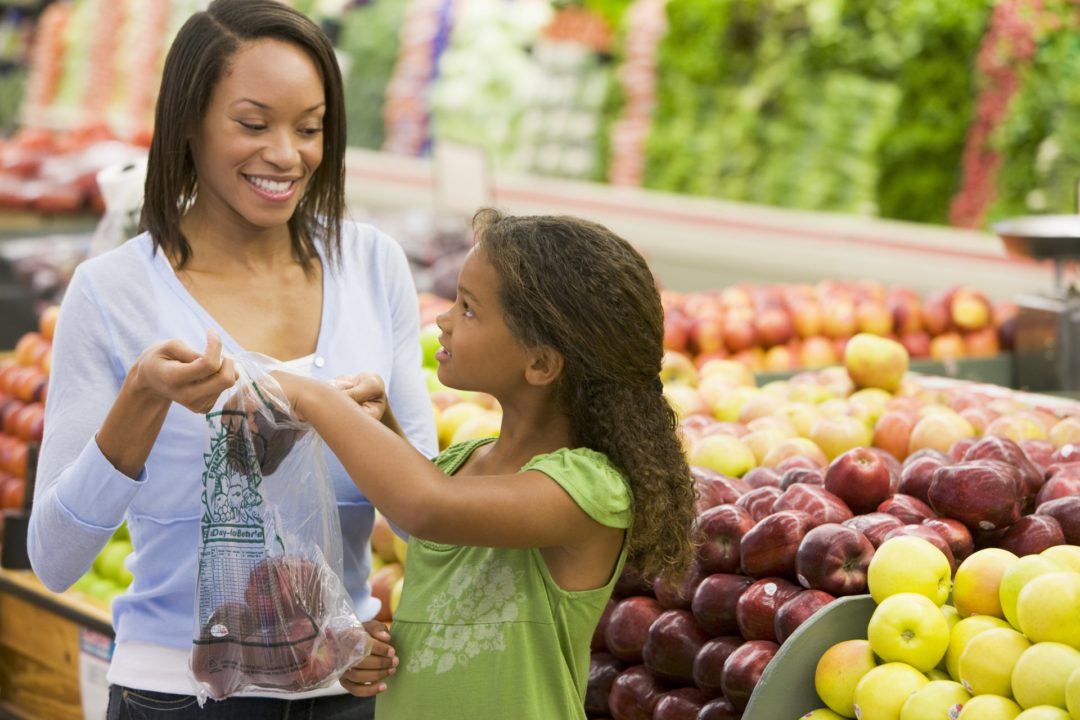
Shoppers Shift Back to Brick & Mortar

The U.S. Census Bureau reports that by the fourth quarter 2021, online retail sales had retreated to their pre-pandemic market share of 12.9%, down from 15.7% in the second quarter of 2020, when lockdowns first flared. According to Mastercard Spending Pulse, for the first time during the pandemic this past March, e-commerce sales declined compared to year-ago 2021 while in-store sales rose. Online sales in March declined 3.3%; the first year-over-year decline since 2013, while in-store sales grew 11.2%.
What’s up?
First, people, along with government, are reassessing risk. The newest variant over the winter, while easily spread, didn’t increase hospitalizations, which are at pandemic lows. On Tuesday, April 19, in answer to a reporter’s question, President Joe Biden, mirroring newly relaxed guidelines from the U.S. Centers for Disease Control, said wearing a mask should be a personal choice, and “should be up to them.”
Because the pandemic was always going to recede and become endemic like the seasonal flu, perhaps the more important signal is recognizing our human spirits have been suppressed by only buying stuff off a digital screen. When spending our money, we want to feel something beyond completing a task: the joy of seeing, touching, and breathing in the things we buy—before we buy them.
In his recent remarks to the Wall Street Journal, Bernstein Research analyst Mark Shmulik summed it up nicely: “We’ve got over 100 years as a society of going into a store to buy something. That muscle memory doesn’t just switch off because you were forced to buy things online a couple of times during a pandemic.”
Shopper foot traffic to malls and to stand-alone brick-and-mortar stores is rebounding. while digital stores offering clothing, home goods and—most relevant to the natural products industry—groceries, have tailed off, shifting growth momentum back towards in-person shopping.
And while buying groceries online was a safe temporary substitute for in-store shopping, trusting a third-party “order picker,” no matter how well trained, would always be a leap of faith—one that could not replace hands-on, eyes-on the exact fruit, vegetable, candle, or makeup we choose for ourselves.
Then there’s discovery. Even though online algorithms may suggest related products, or remind us of previous purchases, these functions do not replace serendipity—finding unlooked-for items while casually wandering the aisles. And what about bumping into friends and having that two-minute catch-up chat that will never happen online? These unplanned happy events are an irreplaceable thread in the daily fabric of 21st Century American life we won’t easily give up.
Keep in mind, operating online is expensive. Advertising, attracting and keeping customers, fulfilling and delivering orders, and handling massive returns, have made affordable the relative value of having a brick-and-mortar presence, with many pure-play online retailers opening real-world stores. Amazon is wedded to brick-and-mortar grocery, with Whole Foods Markets and Amazon Fresh stores. The company just raised the price of a Prime subscription to $139 from $119 to help offset these higher online costs.
If you’ve got the stomach for the battle, you can keep eating your piece of the brick-and-mortar pie. JJ

Jay Jacobowitz is president and founder of Retail Insights®, a professional consulting service for natural products retailers established in 1998, and creator of Natural Insights for Well Being®, a comprehensive consumer marketing service designed especially for independent natural products retailers. With over 40 years of wholesale and retail industry experience, Jay has assisted in developing over 1,000 successful natural products retail stores in the U.S. and abroad. Jay is a popular author, educator, and speaker, and is the merchandising editor of WholeFoods Magazine, for which he writes Merchandising Insights and Tip of the Month. Jay also serves the Natural Products Association in several capacities. Jay can be reached at (800)328-0855 or via e-mail at jay@retailinsights.com.
The Magazine
Information
About Us
NOTE: WholeFoods Magazine is a business-to-business publication. Information on this site should not be considered medical advice or a way to diagnose or treat any disease or illness. Always seek the advice of a medical professional before making lifestyle changes, including taking a dietary supplement. The opinions expressed by contributors and experts quoted in articles are not necessarily those of the publisher or editors of WholeFoods.







